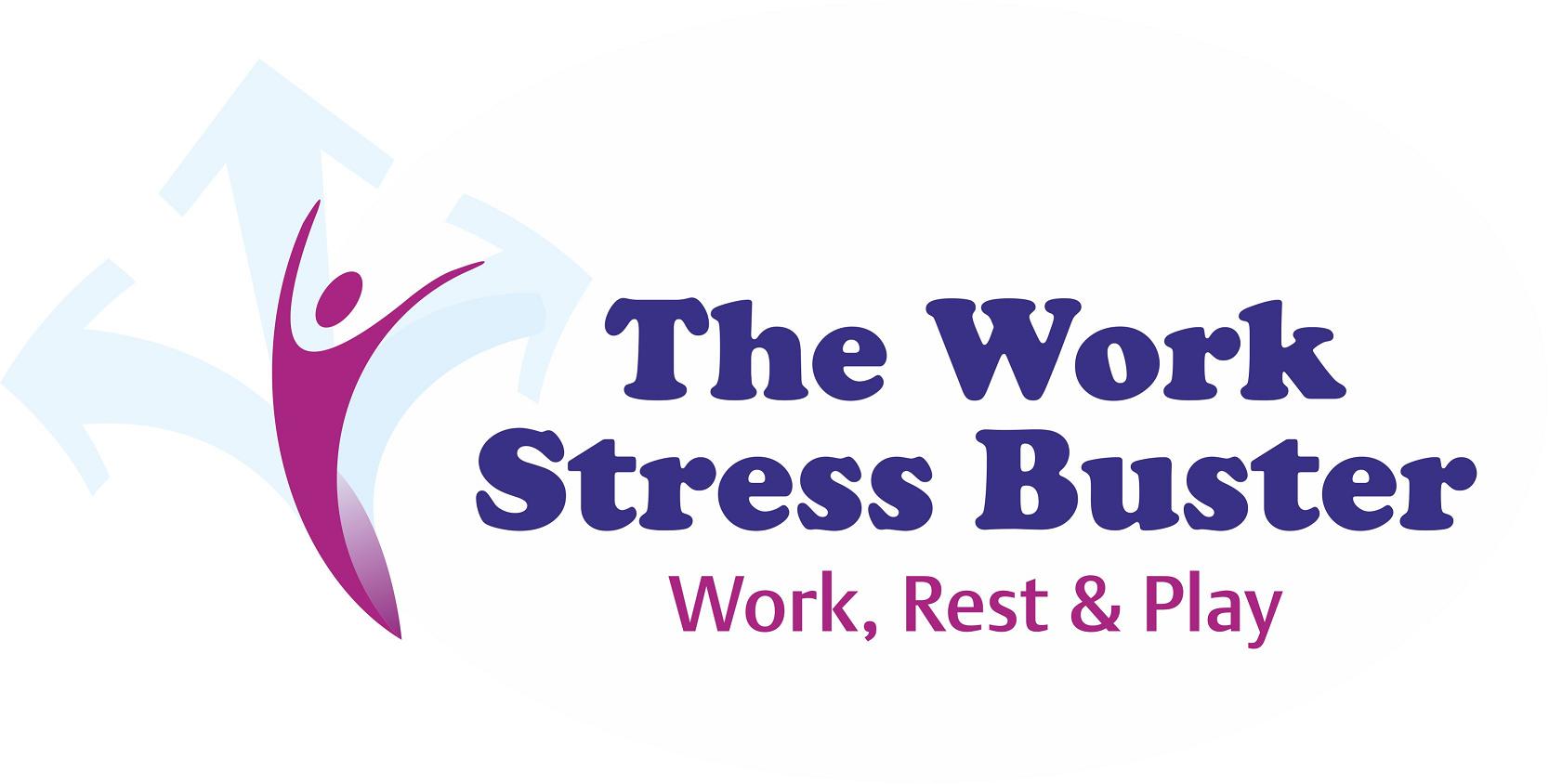Who is Rowing your Boat?
Consider this: You are rowing a boat and you keep being given more and more to carry.
Now what are you going to do if you want to stay afloat?
We can look at this from the following vantage points:
1. The person rowing the boat,
2. The person loading the boat,
3. The load
4. The boat itself and
5. whole system

1. How can the rower stay afloat?
As the rower you are in grave danger of drowning if you keep accepting an ever greater load. So how can we avert a disaster? Well, as the load piles in, we can see when it starts to reach capacity; and take precautionary action:
Fore planning- anticipating and averting that risky stage where you’re struggling- in sheer panic- to stay afloat.
Prioritise- to determine which loads stay in and which are thrown out.
Where can your duties be alleviated? Where can you work smarter?
Discuss these with your manager. With an effective manager, you can expect to heard and a workable solution reached. Certainly, under Health and Safety regulations a healthy working environment is expected to be supported.
2. The person supplying the load.
If the rower was to sink under the burden of their load, then this person who is supplying the load would be witness to the disaster. They will be affected and placed in a desperate situation themselves (unless they are completely detached- and this is another problem in itself).
What can the person supplying the load do to avert this potential disaster?
They can similarly anticipate and fore plan by looking and listening for signs such as: agitation, stirrings, creaking’s and gurgling- of both boat and person.
The loader, typically a Senior figure, like a manager can discuss with their staff what their limit is; check-in with how well they are doing- are they staying comfortably afloat? Which of their workload is tipping them over the edge more than the rest?
Such a manager will work with you to create a suitable management plan. This will show you that you are heard and valued and you will feel supported.
Most importantly, have a plan in mind- how do you as the manager expect your staff to be able to deliver this work? Do the circumstances allow for this to happen effectively (or even at all)? Are the circumstances stable enough or is their boat already tipping over? What support is anticipated? What work may be forsaken during this time i.e. what will have to be lost or thrown out of the boat or held elsewhere for the time being?
This stage is so crucial as delegating more work to staff already struggling to row against the tide- without a well considered management plan- will simply lead to boats capsizing all over the place! Sheer chaos.
(Read more about ‘How delegating can save your soul’ in this blog)
With this analogy, you can envisage how , as each person struggles with the urgent need to stay afloat, it ultimately destroys team productivity, team members will become more insular and less available to help and support one another.
3. The load
As each load is piled into the boat, the stability of each load becomes more tenuous- and it becomes increasingly difficult to manage the loads safely. In real terms, this can mean that the quality of work is becoming compromised- items requiring more attention are lost under the sheer volume of work. Again this is where it is important to fore plan, anticipate and have a management plan in place.
4. The Boat
In the worst case scenario, under the strain of over loading, a boat will give way- it can only carry so much. What does the boat represent? Well, apart from representing you and what happens when you bear more than you can manage, it also represents, amongst other things, what can happen to your sense of self efficacy, confidence and skill.
Such a disaster can leave its mark and it can take time to recover and regain a sense of self confidence and work satisfaction and achievement. But of course this is possible. It is therefore essential to make sure safeguards (summarised below) are in place to ensure your welfare.
5. The whole System
So now let’s look at the whole. Each part as addressed above is essential to how the ‘story’ plays out. We cannot deal effectively with the situation unless we look at the whole system. Only by each part being aware and supporting each other can the system stay afloat and work to make the best out of any given situation.
SAFEGUARDS – What can you do?
1. Anticipate the risks
2. Foreplan- how can these risks be catered for?
3. Prioritise the workload
4. Specify time frame and deadline (especially where stressful work phases are concerned)
5. Clarify your boundaries
6. A management Plan- and communicate these to all parties.
7. Your Health and Safety is paramount- keep your boat in order! Look after your needs.
8. Work Smart
9. Take regular breaks
10. Work together- share needs, listen and support one another. All parts are essential.
photo credit: Blue Ocean Strategy via photopin (license)
